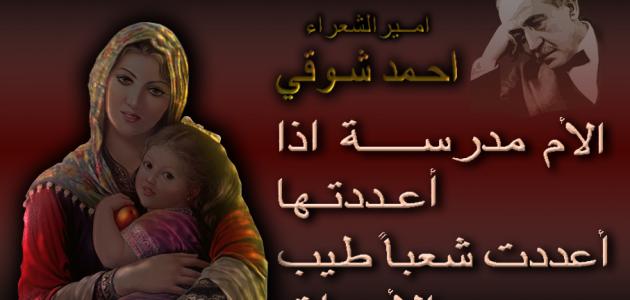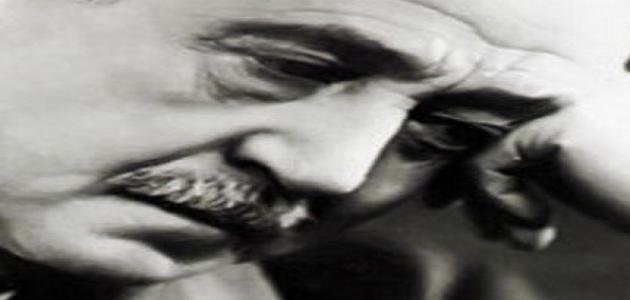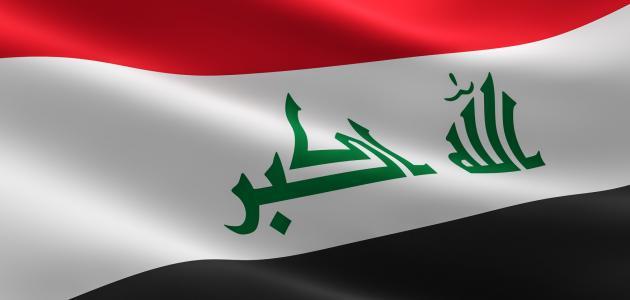Novel concept
The novel is one of the prose literary arts based on the narrative style, and it is the longest type of story; It consists of many sequential events that take place between many characters, over a long period of time, and time may take the life of the hero, or the ages of successive generations. In short, the novel is a long story.
The birth of the Arabic novel
The first emergence of the Arabic novel was in Egypt in particular; Because of the political, social, and cultural conditions the Arab world went through, after the end of Turkish rule and the departure of the French from Egypt, the missions multiplied, and the Egyptians mixed with the West, so they wrote stories and translated them. Where Rifa'a spoke in a fictional manner about a trip to Paris, and researchers considered it the first cornerstone of the educational novel in modern literature.
The Telemac Chronicles is considered the first attempt in relation to the Arabic novel in Egypt in the nineteenth century. For two goals, the first goal: to provide advice to kings and rulers, and the second goal: to provide sermons to people in general; to improve their behaviour.
Zainab, the first Arabic novel
The novel Zainab is considered the first novel in the history of Arabic literature, by the writer Muhammad Hussein Heikal, who began writing it in Paris in the year 1910 AD, and published it in the year 1912 AD. The novel Zainab presents the reality of the Egyptian countryside, in terms of its harsh traditions, and the simple nature of its members; It tells the story of an educated young man from the middle class, named “Hamid”, who loves a cousin named “Aziza”, but the harsh traditions in the countryside prevent him from expressing this love. Her family married her to another man. As a result, “Hamid” was deprived of her, then “Hamid” gets to know another rural girl from the working class, named “Zainab”, and he loves her, but Zainab does not care about him, and she prefers Ibrahim, the foreman who supervises her work, and he is forbidden to love Zainab. In sum, the idea is that this novel presents the condition of the village, which sees love between a man and a woman as contrary to customs and traditions.
Read also:From the poems of Nizar QabbaniThe most prominent Arabic novels
Arabic literature includes a huge number of fictional works belonging to many Arab writers and writers, and their works have received a great deal of attention, high prestige, and great appreciation, and in the following there is mention of some of the most prominent Arabic novels, arranged according to the classification of the Arab Writers Union:
- The tripleIt is the first for the Arab Writers Union, by the well-known Egyptian writer Naguib Mahfouz, who won the Nobel Prize, and the trilogy is considered the best Arabic novel in the history of Arabic literature, according to the Writers Union. The main character in the trilogy is the character of Mr. Ahmed Abdel-Gawad, and the three stories followed some of the stages The life of his son Kamal, from childhood, adolescence, and youth, and the trilogy consists of three parts, namely: Between Qasrine (1956), Qasr al-Shawq (1957), and Sukkariyeh (1957).[XNUMX] All of them show the journey of the hero, Mr. Ahmed Abdel-Gawad and his family. Naguib Mahfouz inspired the titles of the three novels from the names of famous main streets in the city of Cairo, the capital of Egypt, which are the areas in which he lived during his childhood.
- Searching for Walid MasoudThe Search for Walid Masoud is a novel by the Palestinian writer Jabra Ibrahim Jabra. It was published in 1978, and it ranks second in the list of the hundred best Arab novels. The novel revolves around Walid Masoud, the rebellious Palestinian whose honorable history leaves a moving memory against the Zionist occupier in Palestine. Not far from presenting the secrets of his love life, his childhood in Palestine, in addition to his religious and political stances.
- honor: by the writer Sanallah Masoud, a novel that belongs to prison literature, in which the writer presented the human dimensions left by the punishments on the prisoners of injustice, and sometimes slander, especially on those with long sentences, and it was published in 1997.
- The war in mainland Egypt: by the Egyptian writer Youssef Al-Qaeed. It is a political novel that tells the story of a village mayor looking for a solution. For not sending his son to the war, and he refuses to send him to the 1973 war, so he sends another person instead, then the other person is martyred in the war, and the case in which these two characters got mixed up, and others, disappears, and the novel was published in 1978.
- men in the sun: by the Palestinian writer Ghassan Kanafani, and it is his first novel, and the novel presents the events of the Palestinian Nakba in 1948, and their impact on the Palestinian people, and it was issued in 1963 in Beirut, and the novel was turned into a cinematic text in 1973, and it was shown as a movie, and the movie was considered one of the hundred most important films politician in the history of world cinema.
- The strange facts in the disappearance of Saeed Abi Al-Nahs, the Pessimist: by the Palestinian writer Emile Habibi, which is a satirical novel in which he presents a personal story that falls short of distinguishing between optimism and pessimism, and the reason for naming the pessimist; That the writer combined the two words in the word “pessimism”, and the novel was published in 1974.
- Rama and the Dragon: by the Egyptian writer Edwar Al-Kharrat, and the novel revolves between two heroes: a man and a woman, and the dialogue between them combines elements of mythical imagination, and some symbolic elements from the Pharaonic, Greek, and Islamic civilizations. The novel was published in 1980.
- Abu Hurairah said: by the Tunisian writer Mahmoud Al-Masadi, and this novel is based on presenting the ideas calling for the philosophy of existence, by depicting a journey of a traditional character, and discussing getting out of the ordinary, and it was published in 1973.
- Beirut nightmares: by the Syrian writer Ghada Al-Samman, in which she describes her memories that she went through, and became accustomed to coexisting with, through the facts and events of the Lebanese civil war, and the novel was translated into 6 international languages, and it was published in 1976.
Contemporary novels also abounded in the early twenty-first century, including:
Read also:Hamid Zaid's poems are written- The story of the bamboo stalk: For the Kuwaiti novelist Saud Al-Sanousi, who made Issa Rashid Al-Tarouf (or Jose Mendoza in Filipina) the hero of his novel, and he is the son of a Kuwaiti father and a Filipina mother, so Issa goes through struggles and hardships in his life; As a result of the difference of his mother's nationality from his father's nationality in Kuwaiti society; Because of his father's marriage to a Filipina, the novel won the Arab Booker Prize, and was shown as a Kuwaiti TV series in 2016.
- Granada trioBy Radwa Ashour, which consists of three novels: Granada, Maryam, and Departure. In this novel, Radwa Ashour writes about the expectations of those remaining in Granada after the fall of Andalusia: their hopes and dreams.
- In my heart is a Hebrew womanBy Dr. Khawla Hamdi, she tells the story of a Muslim girl who grew up among the Jews. On the other hand, a Christian girl falls in love with a Muslim man. However, the difference in religion forms an obstacle between them each time, and they both ask who is right? me or you? However, a surprise will happen in the middle of the novel!
Among the well-known Arabic novels are: Memory of the Body by Ahlam Mosteghanemi, Ibrahim Nasrallah’s Balcony of the Abyss, Muhammad Rabie’s Mercury, Khaled Khalifa’s novel Death is Hard Work, Tayeb Salih’s Season of Migration to the North, Baha Taher’s novel Love in Exile, and Cities of Salt. By Abdul Rahman Munif.
Read also:I am the one who knows the brunt of Batha








